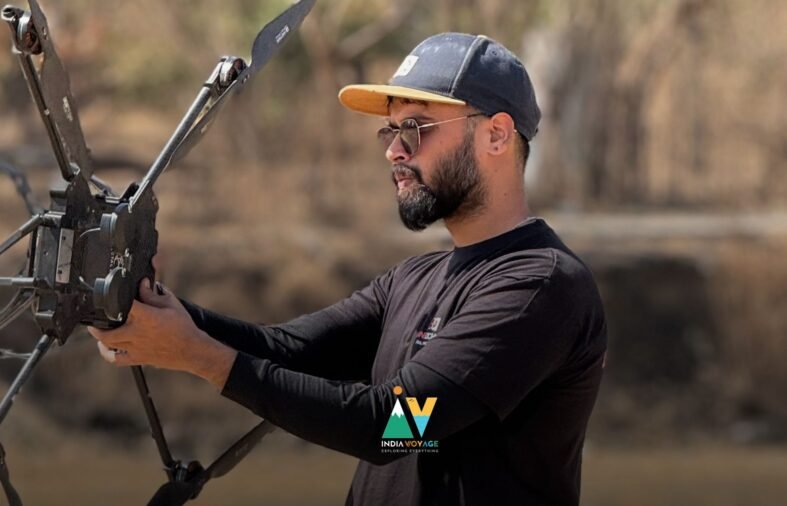By Pritesh Khare, DGCA-Certified Remote Pilot
May 19, 2025 – As a DGCA-certified remote pilot, I’ve navigated the process of becoming a licensed drone operator in India, and I’m here to share a clear path for aspiring pilots. Drones are transforming industries like agriculture, surveying, and cinematography, but flying legally requires a license for drones over 250 grams or for commercial purposes. Here’s how to get yours, along with some of the best training institutes in Delhi, Pune, and Mumbai.
Step 1: Ensure You’re Eligible
You need to be between 18 and 65 years old, have completed at least 10th grade, and hold a valid government ID (like Aadhar or Voter ID) along with proof of address. A medical fitness certificate from a DGCA-approved examiner is also essential.
Step 2: Register on the Digital Sky Portal
Visit digitalsky.dgca.gov.in and create an account. Select your role—remote pilot or operator—to start the process. This platform is your gateway for all drone-related approvals.
Step 3: Register Your Drone for a UIN
For drones weighing over 250 grams, you’ll need a Unique Identification Number (UIN). On Digital Sky, choose “Local Drones” for Indian-made drones or “Import Drones” for foreign ones, submit details like the OEM certificate, and pay ₹1,000. Once issued, mark the UIN on your drone.
Step 4: Enroll in a DGCA-Approved Training Course
Join a Remote Pilot Training Organization (RPTO) for a 5-day course that includes theoretical lessons on regulations, safety, and meteorology, plus practical flying sessions (at least 4 hours 30 minutes). You’ll need to pass both a written test and a practical assessment. Here are some top institutes:
- Delhi: Flapone Aviation in Delhi NCR offers a DGCA-approved 5-day course for small drones (up to 25 kg), with experienced instructors and options for medium category training.
- Pune: DroneAcharya Aerial Innovations, based at Galore Tech IT Park, Bavdhan, partners with Savitribai Phule Pune University to provide DGCA-approved training. Their courses, like Aerial Cinematography and Drones in Agriculture, have trained 15% of India’s private RPTO pilots.
- Mumbai: The Bombay Flying Club offers a DGCA-approved Remotely Piloted Aircraft System (RPAS) course, blending online and in-person training to prepare you for commercial operations.
Step 5: Apply for Your Remote Pilot License (RPL)
Once you’ve completed training, upload your certificate on Digital Sky to apply for your RPL. This license, valid for 10 years, allows you to operate drones legally.
Step 6: Obtain a UAOP for Commercial Operations
If you plan to fly commercially, apply for an Unmanned Aircraft Operator Permit (UAOP) on Digital Sky for ₹25,000 (renewal ₹10,000). Foreign pilots need clearance from the Ministry of Home Affairs and must lease their drone to an Indian entity.
Step 7: Use NPNT for Safe Flights
Download the “No Permission, No Takeoff” (NPNT) app to request flight permissions for each mission, ensuring compliance with airspace rules.
Final Thoughts
Getting a drone license in India is a straightforward process if you follow these steps. Training at institutes like DroneAcharya in Pune, Flapone Aviation in Delhi, or The Bombay Flying Club in Mumbai equips you with the skills to fly confidently. With India aiming to be a global drone leader by 2030, now’s the perfect time to take flight!











Leave A Reply